Many eCommerce businesses invest heavily in social media but neglect to do the same with their websites’ search engine optimization. While social media is super important and can quickly improve traffic, its effects are often short-lived and require constant effort and ad money. This is where eCommerce SEO comes into play!
Unlike social media marketing, eCommerce SEO, thanks to organic rankings, keeps paying off for a long time. However, it also involves a lot of work such as optimizing product pages, building high-quality backlinks, and analyzing site technical SEO.
If you’re interested in learning more about SEO and how to leverage it for long-term eCommerce success, this guide is for you. It covers the basics of eCommerce SEO and provides actionable steps to help you achieve your goals.Now let’s get started..
Readers Also Enjoy: Keyword Mapping for SEO: The Ultimate Guide – DevriX
What Is Ecommerce SEO?
Ecommerce SEO is a powerful Tool that optimizes your website in a way that search engines like Google can’t resist showcasing your products to potential customers.
In 2024, skipping SEO will not be an option as only 0.63% of searchers even bother to click on websites found on the second page of Google search results. So, if you want to stand out and capture valuable traffic, embracing eCommerce SEO is a necessity.
The Three Elements of the Working Ecommerce SEO Strategy
Optimizing a website is not an easy task, and contrary to what many might think, it is not a one-time thing.
In general, an eCommerce SEO strategy is not one thing but rather a combination of smaller, well-designed strategies that fine-tune your website to meet search engine expectations:
- On-page SEO
- Link Building
- Technical SEO
On-Page SEO Strategy
On-Page SEO Strategy refers to implementing specific changes on your website to ensure your keywords are in the right places. It’s a way of letting Google know what your page is about and that your site is effective and valuable for both search engines and users.
Ecommerce Keyword Research
The first thing to do is to identify the specific keywords that your customers are interested in regarding your eCommerce business.
The eCommerce keyword research is a bit different from the traditional one. As most of the sites target informational keywords, online stores would also target commercial keywords. Like this one:
If you get this step wrong, you will either have keywords that are too difficult to rank for (so no page one for you), or you will get traffic to your website, but for the wrong reasons (customers won’t buy).
How to ensure you are doing your keyword research properly:
- Don’t just guess. Use tools to analyze the search volume, difficulty, and buyer intent. Google Keyword Planner provides volume and intent data, but not difficulty. For that, try creating a keyword matrix with metrics that include search volume, competition, and commercial intent to identify the best phrases.
- Use Amazon. It is an amazing source of high-intent keywords. Start typing in a product search and their autocomplete suggestions are all ideas you could add to your list. Use the Amazon Keyword Tool to automatically compile suggestions. Google’s autocomplete suggestions are also a gold mine for keyword ideas.
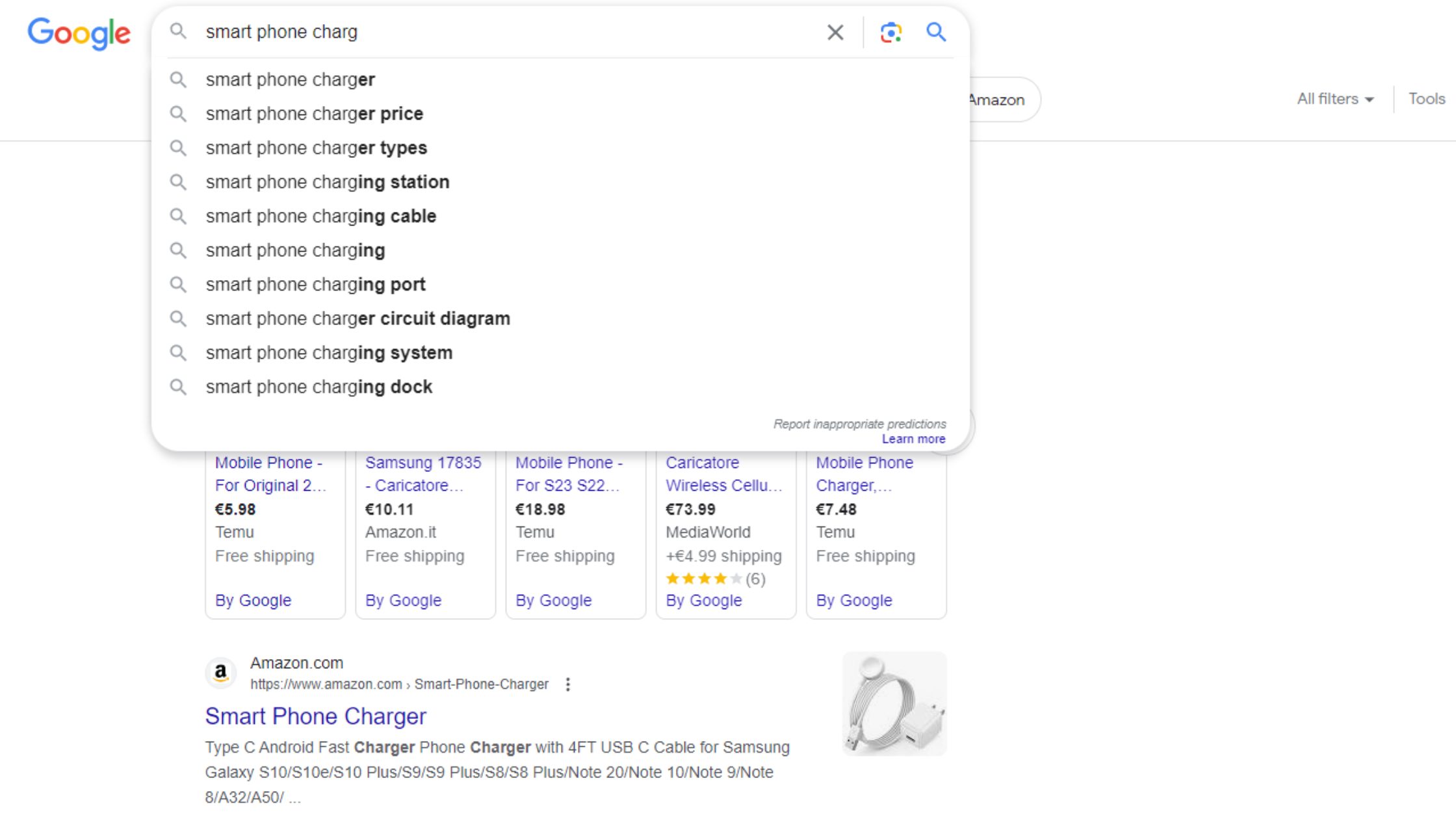
- Check out your top-ranking competitors. See what keyword phrases they have targeted for inspiration, but don’t just copy them blindly. Consider your own domain authority and on-page optimization.
- Don’t forget about the “breadcrumbs”. Or those hierarchical page links in search results. Make sure they have been properly implemented so that Google can easily crawl your site structure.
- Finally, use Semrush or Ahrefs for a well-rounded keyword research and competitive analysis. Their reports allow you to benchmark your rankings versus competitors and find new opportunities.
Ecommerce Product Pages
Proper on-page optimization provides the search engine with the signals they need to understand your pages and rank you well.
Make sure to work your targets into:
- The URL. Put your primary keyword/s right into the URL for a quick boost. Optimized URLs help you edge out competitors in competitive niches.
- Title tag. Place the keyword close to the beginning of the H1 title tag to reflect page themes and rank for that term.
- Body content. Write at least a 300-word intro paragraph for each category page using the keyword 2-3 times naturally.
- Image alt text. Describe images with your keyword/s so Google can understand the visual content. This expands your reach into image search.
- Metadata. Include the keyword/s into meta descriptions and tags. Though this may not directly affect its rank, it can improve click-through by bolding the term.
Rinse and repeat this process for every product and category page, tailoring to each one’s keywords.
Product Descriptions
There are two important details to consider regarding your product descriptions.
Google requires a certain volume of content (words) to effectively rank your page. If your product description consists of just 1-2 short sentences, you won’t provide the search engine with much to work with.
On the other hand, while it may be tempting to copy and paste the product description from the manufacturer or supplier, this is considered duplicated content and is not advisable.
Also, avoid copy-pasting content across pages. Google penalizes overly redundant sites.
Instead, write your own unique descriptions for each product that incorporate your keywords naturally. It’s generally a good practice to aim for about 300 words.
Use Latent Semantic Indexing (LSI) Keywords
LSI refers to closely related keywords and phrases to your primary target. By incorporating such keywords throughout your content, you send additional signals to Google about the topic focus. This also helps the better understand the conceptual connections in your content.
For example, if you sell phone chargers, when searching on Amazon, you’ll notice that terms like “’fast charger” also appear throughout the product page:
You can find LSI keywords with Google Keyword Planner by looking at the terms related to your main keyword.
Content Marketing
Content has become a pivotal part of modern marketing. Studies show it’s highly effective – 96% of marketers say it works for their brand. Over half use organic traffic to measure success, and 70% actively invest in content.
For eCommerce sites, quality content is a prime way to expand keyword rankings beyond product pages. However, once those are maxed out, you need other avenues to rely on. That’s where content comes in.
Through blogging and articles, you can target both short and long-tail keywords related to your niche. This added visibility drives more organic traffic to your site and makes it easier to earn high-quality backlinks too, boosting your domain authority.
Readers Also Enjoy: SEO Product Description: Your Business Cannot Live Without It – DevriX
Link Building Strategies
Google cares most about content and backlinks. Links from authoritative sites can significantly boost rankings.
Here are 5 effective link-building approaches:
Resource Pages
When it comes to backlinks, a resource page lists links to other websites that are relevant to the page’s topic. These pages are usually curated by the website owner or editor and are intended to provide visitors with a list of high-quality resources on a particular topic.
To get started with resource page link building, you can follow these best practices:
- Find resource pages with search strings. Search strings like “Keyword inurl:resources” or “Keyword intitle:links” can help find resource pages in your industry.
- Uncover different types of resource pages. There are lots of “resource pages” that aren’t your typical list of links. Use search strings like “Keyword ‘best sites’” or “Keyword ‘places to learn’” to find non-obvious resource pages.
- Create a list of links. Once you’ve found some resources, create a list of links to be included on those pages. Make sure the links are relevant and high-quality.
Influencer Marketing
Partnering with influencers is a popular SEO strategy that involves building backlinks from their high-authority sites. The idea is to have influencers include a backlink to your website in their content, such as a blog post, video description, or social media caption.
To do this properly, you should:
- Find influencers in your industry. Use social media platforms like Instagram, Twitter, and LinkedIn to find influencers in your industry.
- Reach out to influencers. Once you’ve found some influencers, reach out to them and pitch your idea. Make sure to explain how your product or service can benefit their audience.
- Create a partnership. If the influencer agrees to partner up with you, create a partnership agreement that outlines the terms of the partnership.
Broken Link Building
The idea behind the broken link building practice is to identify dead links on external websites and offer your own relevant content as a replacement for the pages that have moved or been deleted. Like this:
To get started, you should follow these best practices:
- Find pages with lots of links. Use Google to uncover “Resource Pages”. These pages tend to have a lot of links. You can find resource pages using these search strings in Google: “Keyword” + inurl:resources, “Keyword” + intitle:links, “Keyword” + “helpful resources”, “Keyword” + “useful resources”.
- Use Check My Links. This is a free tool that you can use to find broken links. Install the Chrome Extension and click the icon in the top right-hand corner of Chrome. Check My Links will automatically check all of the links on that page and report which links are broken (404 pages) or have other errors.
- Find everyone that links to a broken link. Once you’ve found a broken link, you can use a backlink analysis tool like Ahrefs to find everyone that links to that broken link. Then, reach out to those people and offer your own relevant content to replace the broken link.
Guest Posting
Guest posting is a popular SEO strategy that involves writing articles for relevant blogs to earn backlinks and cultivate relationships. The idea is to write and publish an article on someone else’s website, ideally in your same niche, with the goal of reaching a wider audience, improving search engine rankings, and establishing your brand as an authority.
The key to successful guest posting is getting links from reputable sites closely related to your own industry. This signals to Google that you are a trusted authority worth ranking. To achieve this, you need to be creative, provide value, and build win-win relationships that benefit both sites.
Technical SEO Strategy
SEO is more than just targeting keywords. You also need to optimize the technical details as well. The technical side of an SEO strategy is usually implemented by specialized agencies like DevriX. These agencies can help businesses improve their website’s technical optimization.
Key things to watch out for:
Website Architecture for Ecommerce
The site structure with navigation, categories and products is called website architecture. Its ultimate goal is to make the relevant content quickly accessible to customers in as few clicks as possible.
The two basic rules are to keep architecture simple and scalable and to have a page no more than 3 clicks away.
Here’s a comparison of bad versus good website architecture:
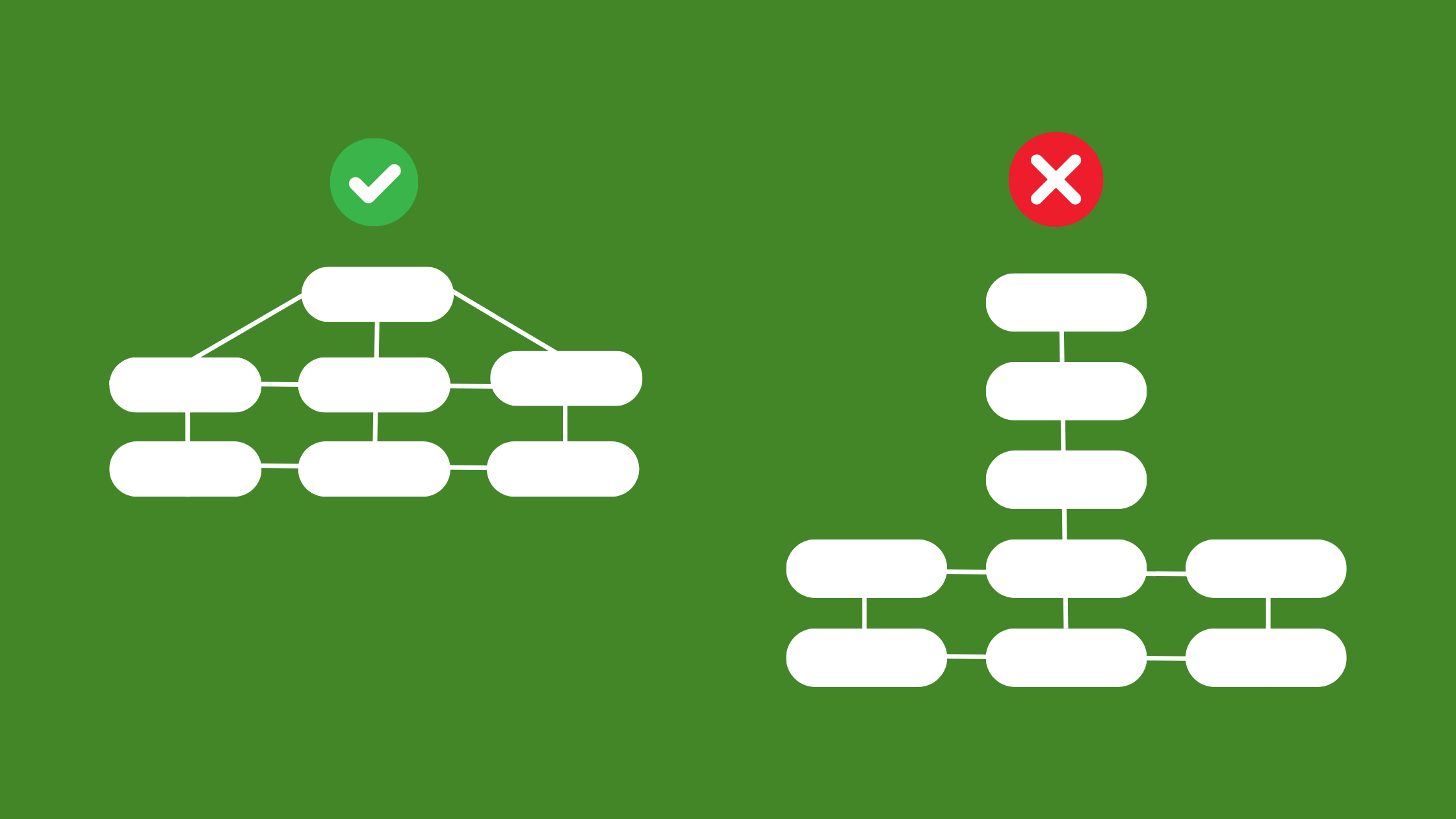
Mobile Responsiveness
This refers to a website that is easy to use on mobile devices, which is important since over half of all searches are done on mobile devices. You should test your website for issues.
Internal Linking
Internal linking is when you’re adding links between pages on your website to help search engines crawl your site and encourage users to explore more of your content.
HTTPS
HTTP makes your website more secure, which can help it rank higher in search results. You should switch your site to HTTPS protocol if you haven’t already.
URL Optimization
This refers to crafting descriptive, keyword-optimized URLs to boost the rankings for those terms.
Hreflang Tags
These tags indicate alternate language or regional URLs to properly target international audiences.
Canonical Tags
Canonicals specify the main URL version when multiple similar URLs exist to avoid dilution.
Sitemaps
Those provide search engines with a list of important pages to crawl and indexing.
Readers Also Enjoy: Content Marketing Strategy and Potential Role of Big Data – DevriX
Wrap-Up
Ecommerce SEO is no simple feat! it involves many moving parts, however, if done well it can lead to a sustainable, profitable online business.
As a full-service WordPress agency, DevriX is here to guide you every step of the way. Our team provides long-term technical expertise plus marketing and business consulting.
Don’t go at it alone – leverage our years of experience in perfecting and optimizing website architecture, addressing crawling and indexing issues, eliminating duplicate content, speeding up page load times, and creating optimized content.
If you’re ready to take your eCommerce SEO to the next level, give us a call. Our tailored solutions will help you build a visible, thriving online store that’s in it for the long haul.
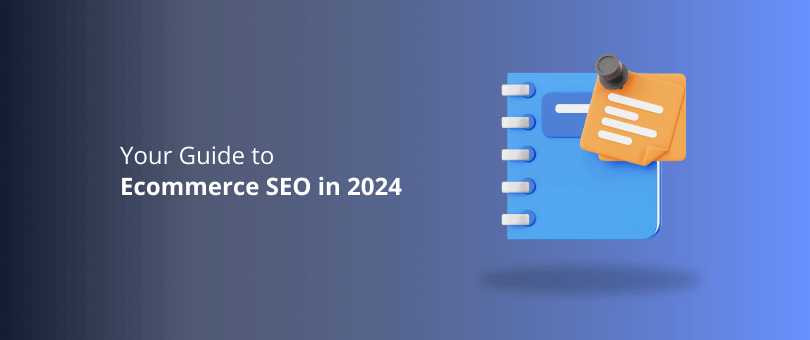
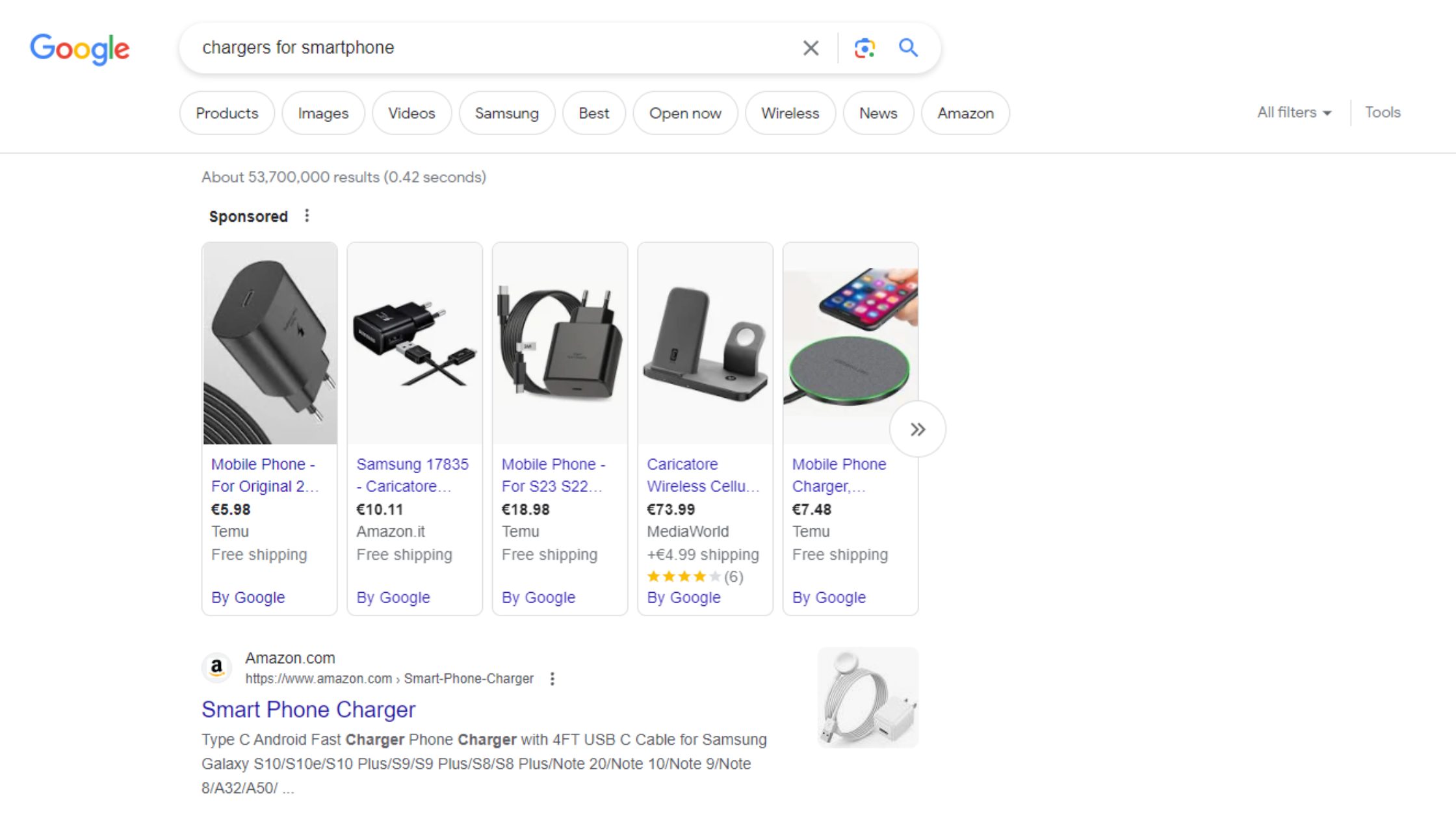
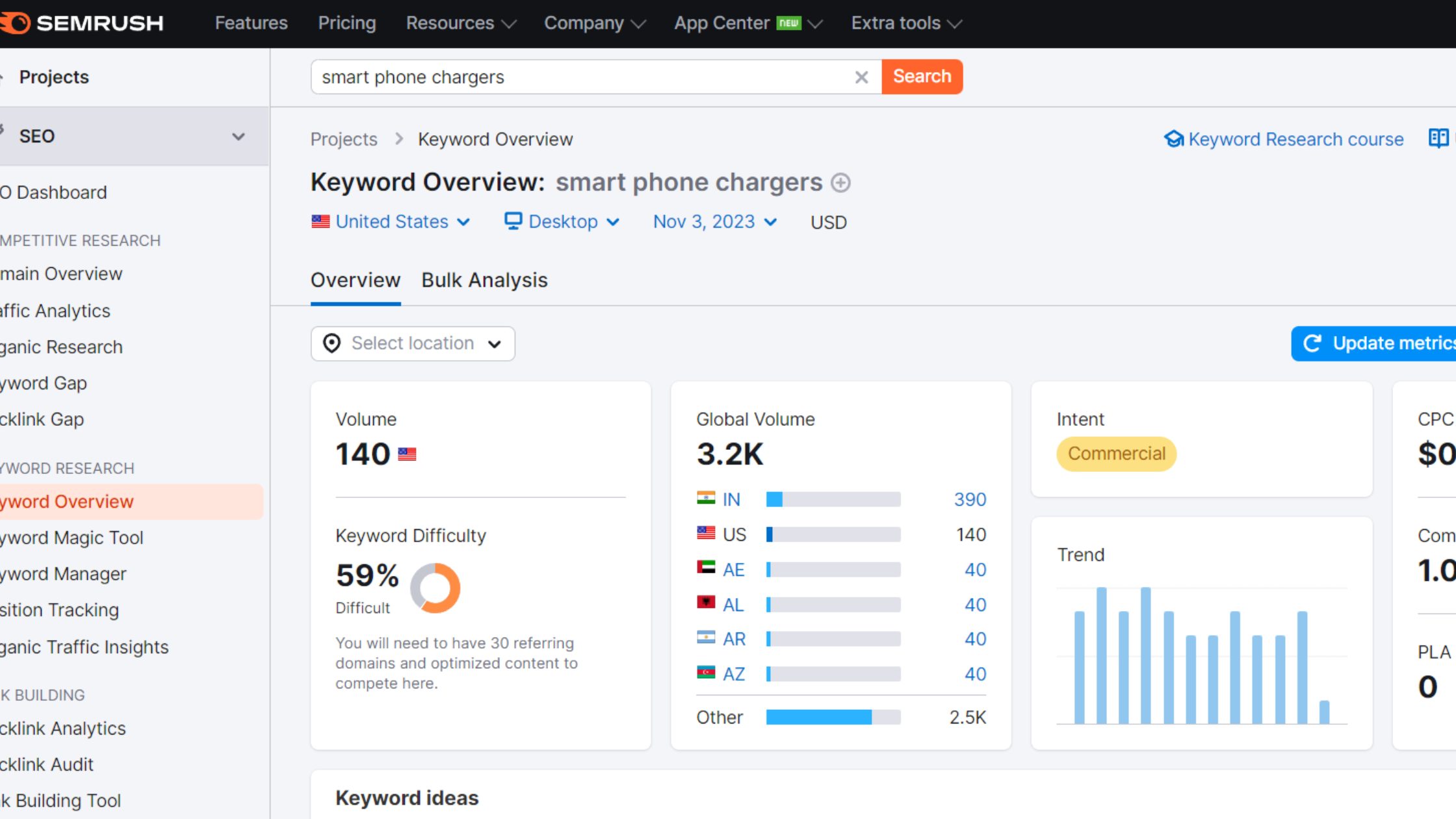
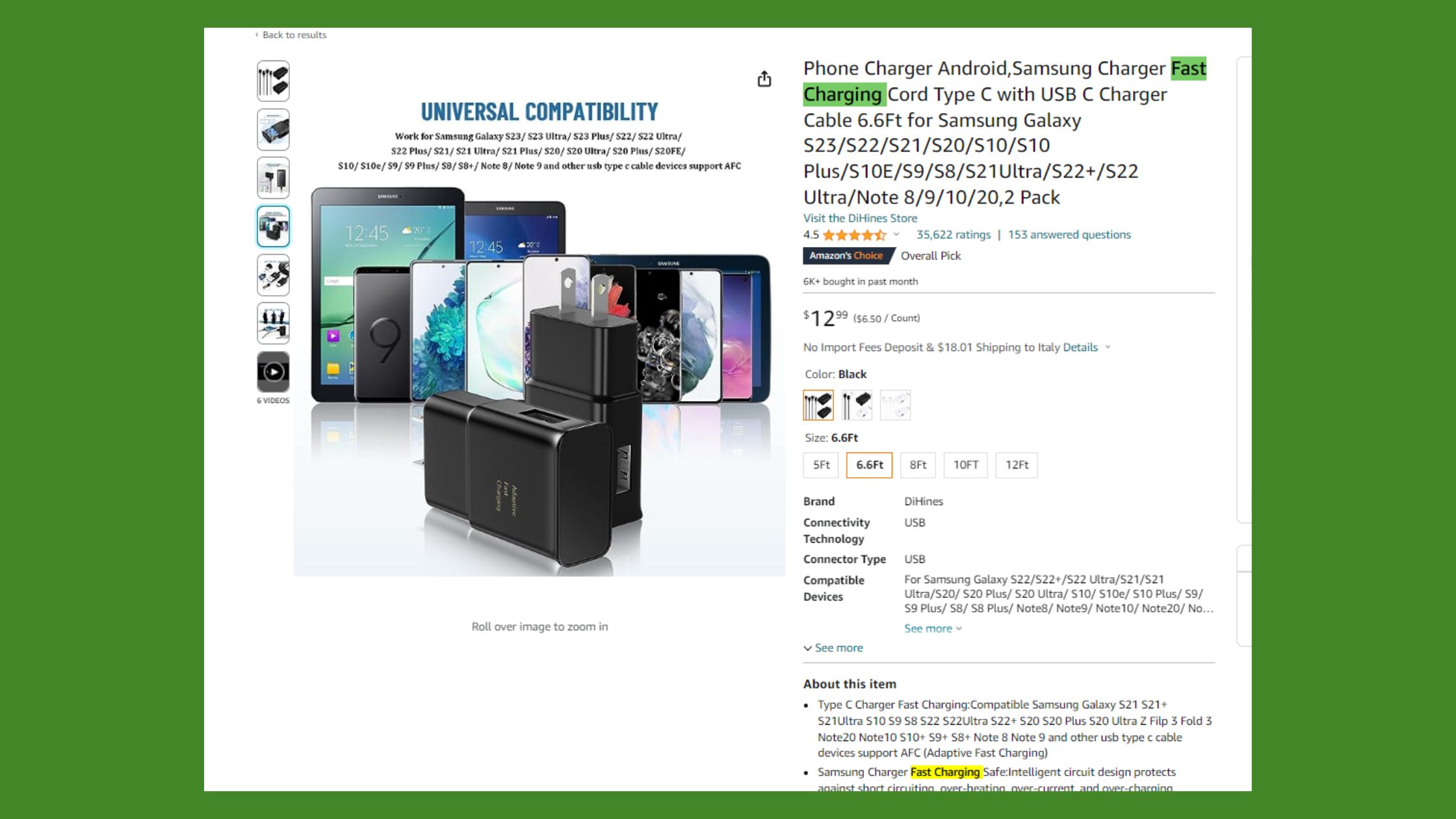




![How to Use ChatGPT for SEO [2024 Guide]](https://devrix.com/wp-content/uploads/2023/11/How-to-Use-ChatGPT-for-SEO-2024-Guide-380x160.png)